Well, honestly, I’m not sure why a company as big as Sharp is crowdfunding for a gadget launch. However, when you look at the gadget itself, you may deduce that crowdfunding is a means to gauge consumer interest before heavily investing in what appears to be a “strange” VR headset.
Okay, so Sharp is looking to release a new VR headset that functions as a PC VR device, while still having the ability to connect to one of its “not-so-popular” smartphones, the AQUOS sense10. So, it’s going to be a kind of hybrid device. However, many media outlets have tagged this upcoming VR headset a “strange” one, and honestly, that might just be the best adjective for the headset.
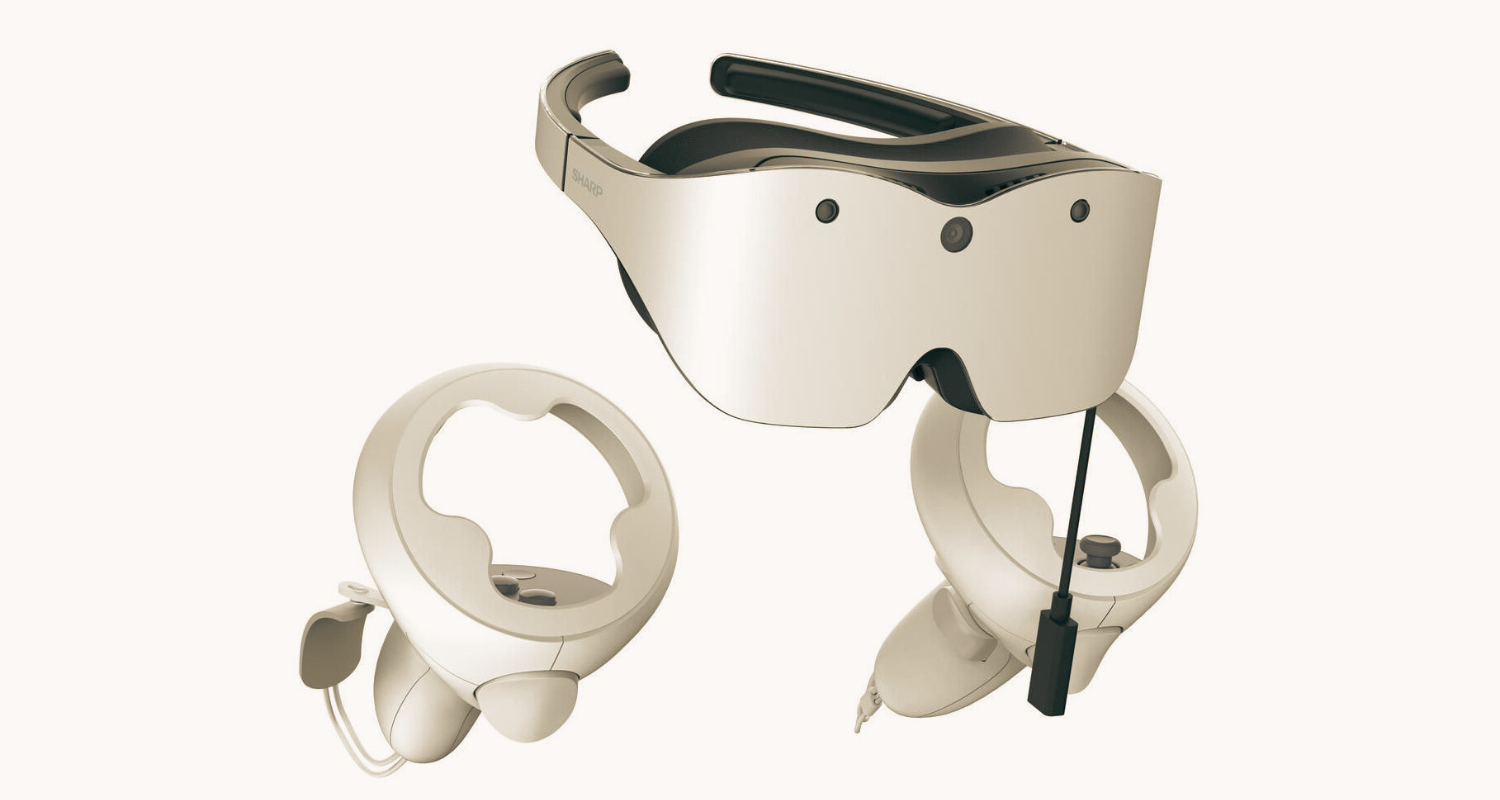
The device in question is codenamed the Xrostella VR1, and Sharp is looking to crowdfund it on the Japanese GreenFunding platform. The headset is poised to appear in a “glasses-like” ultra-light design, weighing around 198g and utilizing dual 2160×2160 LCD panels and pancake optics. It will also come along with dual controllers, which look pretty much like those of the Meta Quest 2, just with heftier tracking rings and hand grip straps. What else do we know yet about this headset?
What’s About the Upcoming Sharp Xrostella VR1 Lightweight Headset?
Basically, from the images seen, the device appears fanciful, and the controllers look pretty sturdy. It is going to be a PC VR headset, meaning you’d tether it to your supportive PC to play or navigate through the metaverse. To amplify usage flexibility, Sharp announced that the headset will be compatible with its AQUOS sense10 smartphone—the only phone currently on the supported mobile device list for the Xrostella VR1.
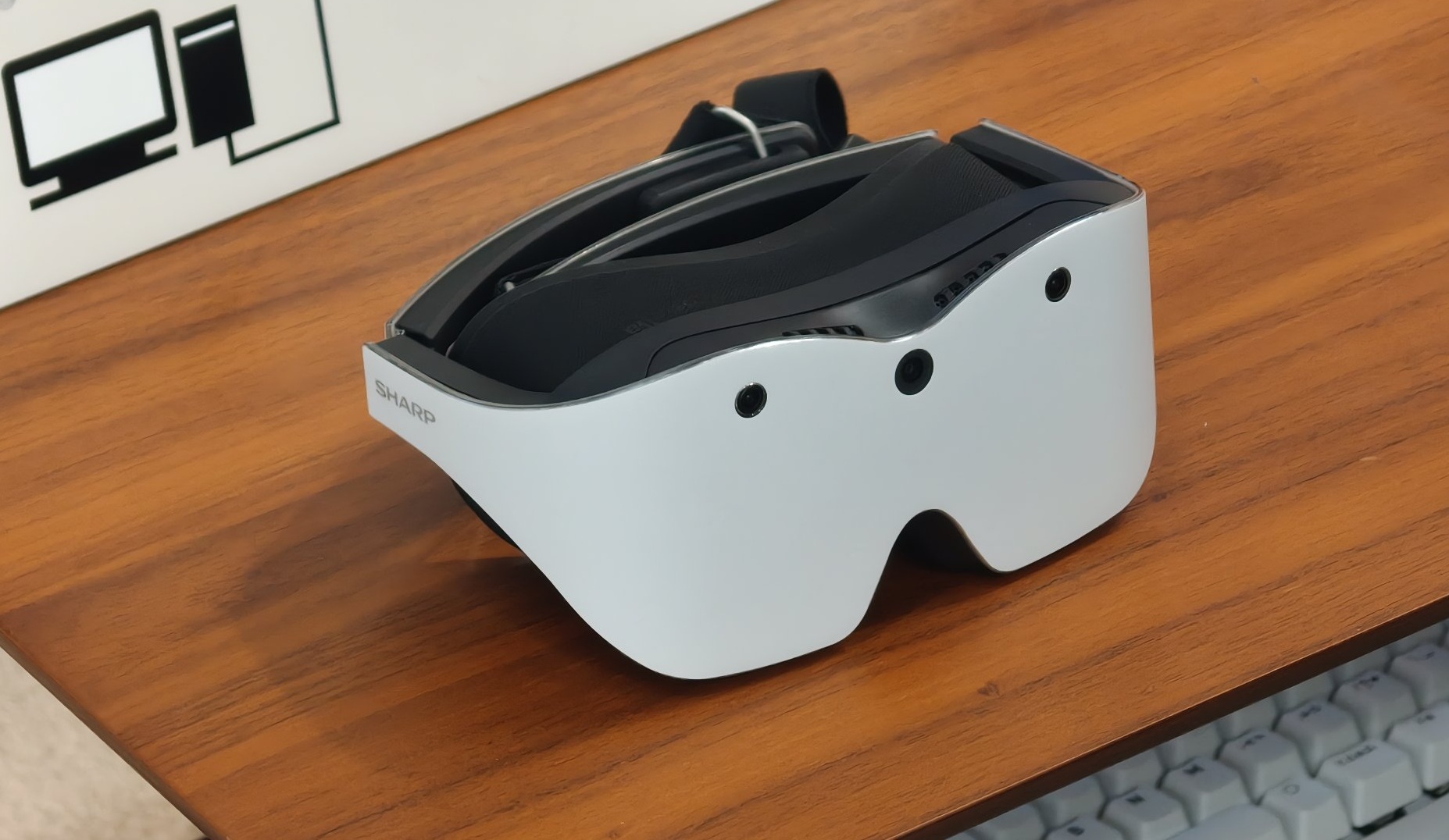
Generally, the design, from the appearance of the images shown by Sharp, is commendable and desirable. However, the moment you start learning about the specs and features, you’ll start connecting the dots to why this upcoming device is considered “strange.”
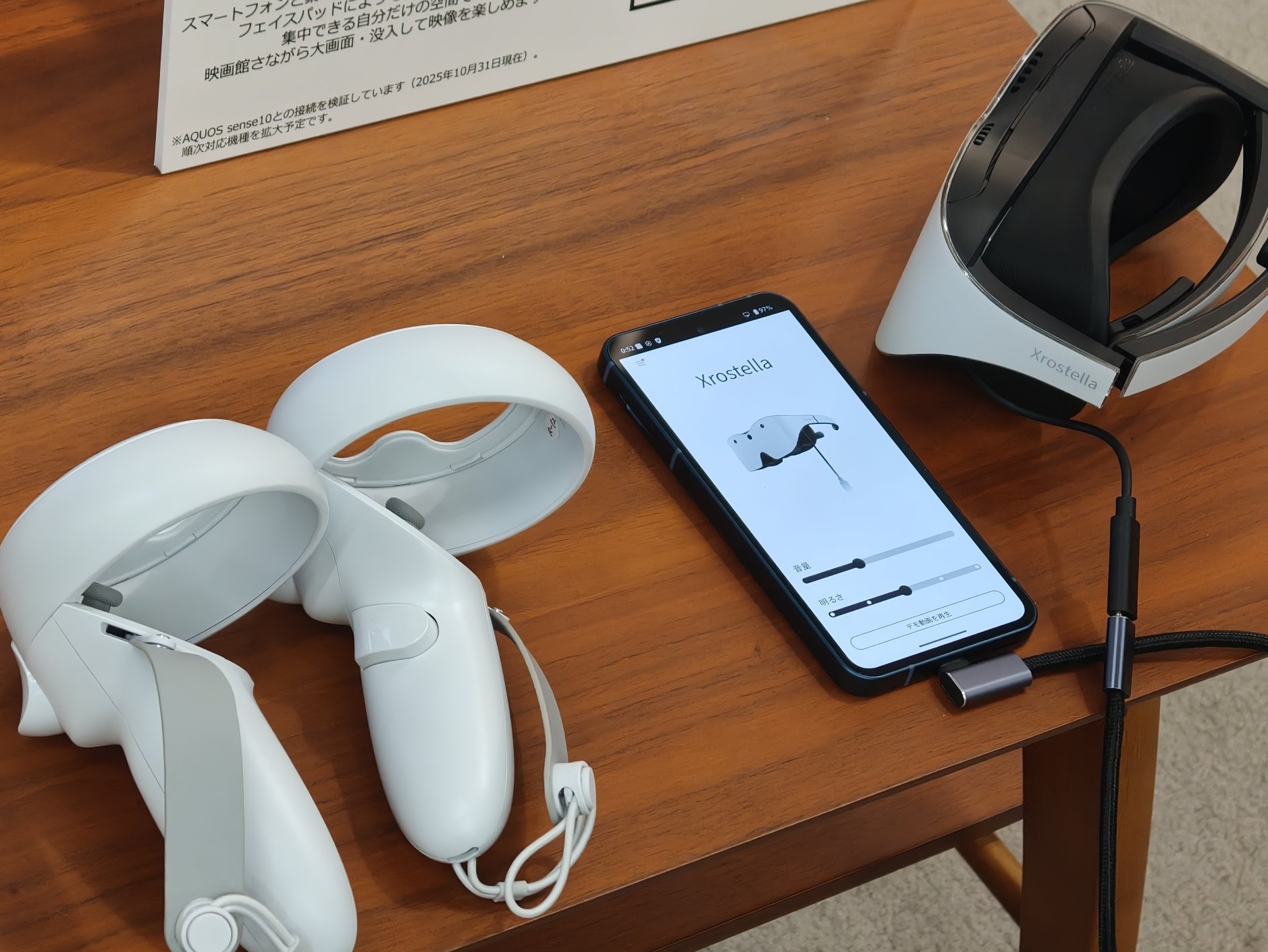
So, the Xrostella VR1 will utilize only two inside-out cameras for 6DoF and an additional (single) color passthrough camera; no eye- or hand-tracking support is mentioned in the official announcement. The Xrostella VR1 will feature dual 2160×2160 LCDs with pancake lenses and diopter support (adjustable from 0D – 9.0D).
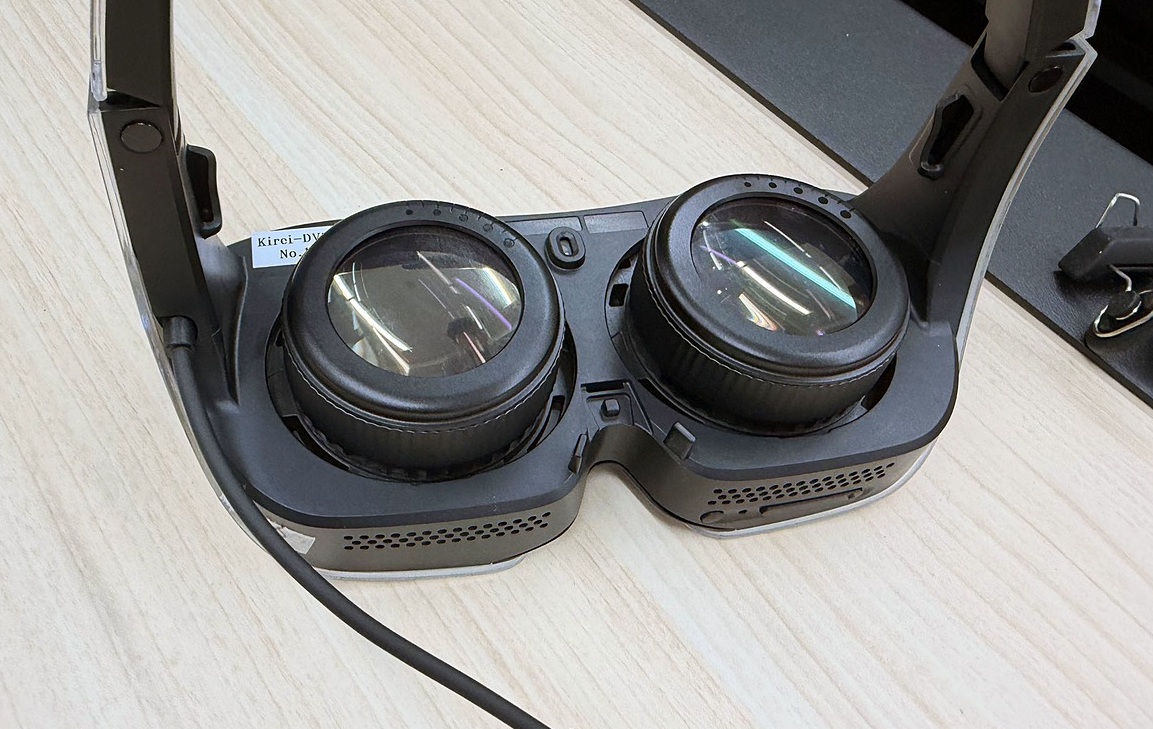
In times where new VR/MR headsets are launching with super-wide field of views, Sharp had announced that its Xrostella VR1 will only feature a 90-degree field of view. So, aside from the low-specced display, the device also features a lapse in the degree of views the users can enjoy. It appears Sharp is only focusing on lightweightness and ergonomics, rather than “immersiveness” and seamless navigation.
Why is the Xrostella VR1 Called a Strange Headset?
Now, look at it from this angle: The VR market in 2025 seems to be diverging into two distinct paths. On one side are high-resolution, sensor-dense headsets (like the Apple Vision Pro, Samsung Galaxy XR, and some premium PCVR rigs) aimed at pro VR consumers and creators. On the other side are lower-cost, flexible devices (like the Meta Quest series, Pico 2/3/4, Sony PSVR, and some hybrid PC/mobile headsets) focused on mass-market content and lifestyle use. So, where would the Xrostella VR1 be placed?
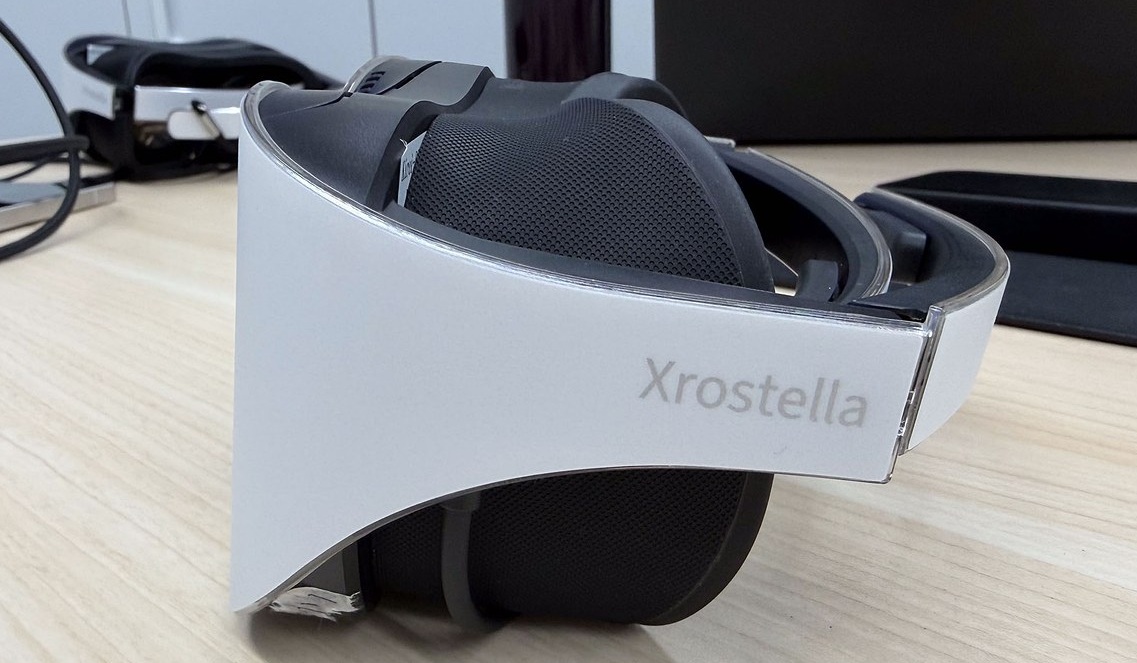
You can’t place it on the prosumers, it doesn’t come with half of what others in that segment offer; you also can’t place it with the Meta Quest, Pico, and Sony’s PSVR series because it lacks decent-enough specifications to get on that list. That said, it’s really strange what VR consumer segment Sharp is targeting with the Xrostella VR1—with its emphasis on extreme lightweight and wearability.
Would the Xrostella VR1 contend with the Bigscreen Beyond? Or the likes of Shiftall MeganeX? Those are even lighter in weight and offer better specifications.
Since the discontinuation of the Windows MR headsets for obvious reasons, there haven’t been any major VR headsets released with only two tracking cameras. To see this coming from a brand like Sharp in big 2025? That, again, is strange. With only two tracking cameras, how would the controllers work effectively while in use? Also, why would Sharp only use one single color passthrough camera? So much depth perception would be missing
Anyway, since there has been no price attached to the device, maybe, just maybe, the price would be very much low, around $300-ish range.
Official Specs of the Xrostella VR1 as Announced by Sharp
- Name: Xrostella VR1.
- Launch model: Crowdfunding via Green Funding, planned for late November.
- Form factor: Glasses-like chassis, weighing approximately 198 grams.
- Displays: Dual LCD panels, 2160 × 2160 pixels per eye, up to 90 Hz.
- Optics: Thin, light-efficient pancake lenses; 90-degree field of view.
- Tracking: Inside-out tracking via two grayscale fisheye cameras; one color camera for passthrough.
- Controllers: Touch-style controllers with tracking rings. Hand tracking and eye tracking not supported on the headset.
- IPD adjustment: 58–71mm
- Diopter adjustment: 0D to -9.0D
- Connectivity: Wired tether for Windows 11 PC; smartphone compatibility confirmed with AQUOS sense10 at launch.
Anything to Know?
Not really. A narrow FOV and middling refresh rate at 90° FOV and 90Hz cap, places the Xrostella behind several competing PC headsets that prioritize immersion and seamless tracking. Also, the limited camera-based tracking is strange; the only time we’ve seen this configuration was on the older Windows MR devices. For the single color passthrough camera? Users of this headset won’t enjoy stereo passthrough and depth perception in mixed-reality environments.
But the design is fine; the controllers look decent, too. The launch price would play a vital role in determining whether this headset would be considered at all by VR enthusiasts or if it would be a waste of time and resources from Sharp. For now, the Xrostella VR1 is basically an audacious experiment from the Japanese tech giant, Sharp Corporation.
